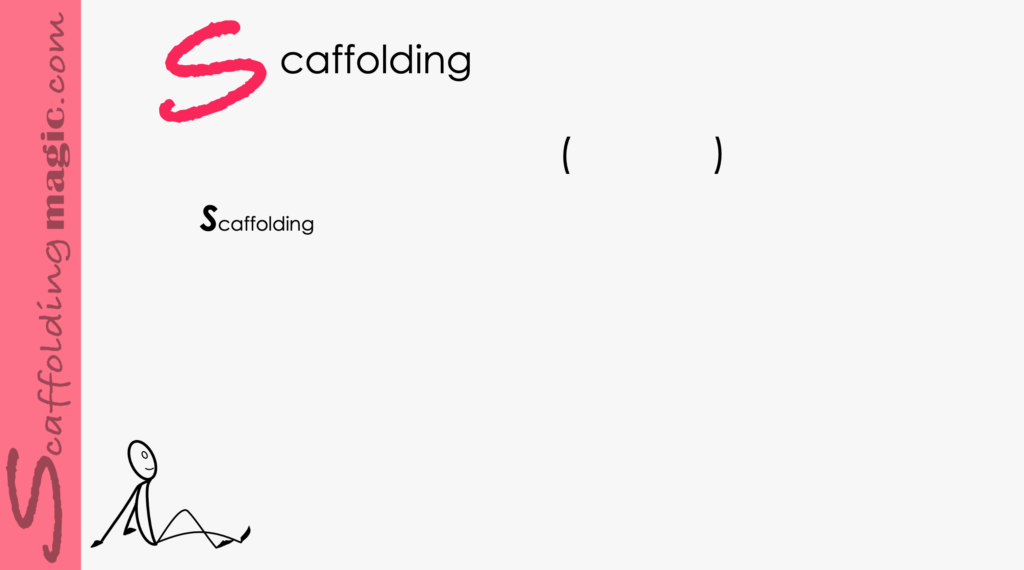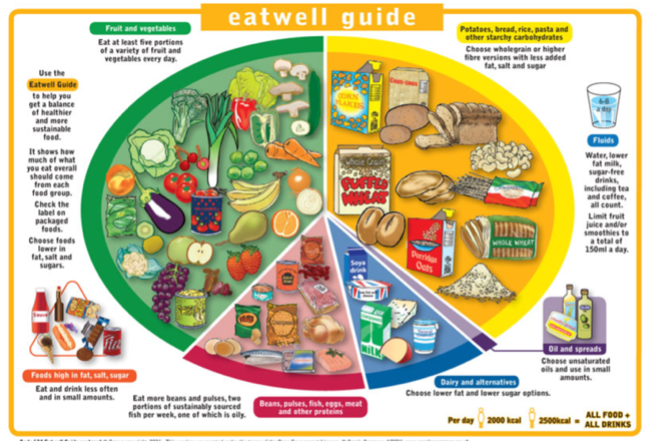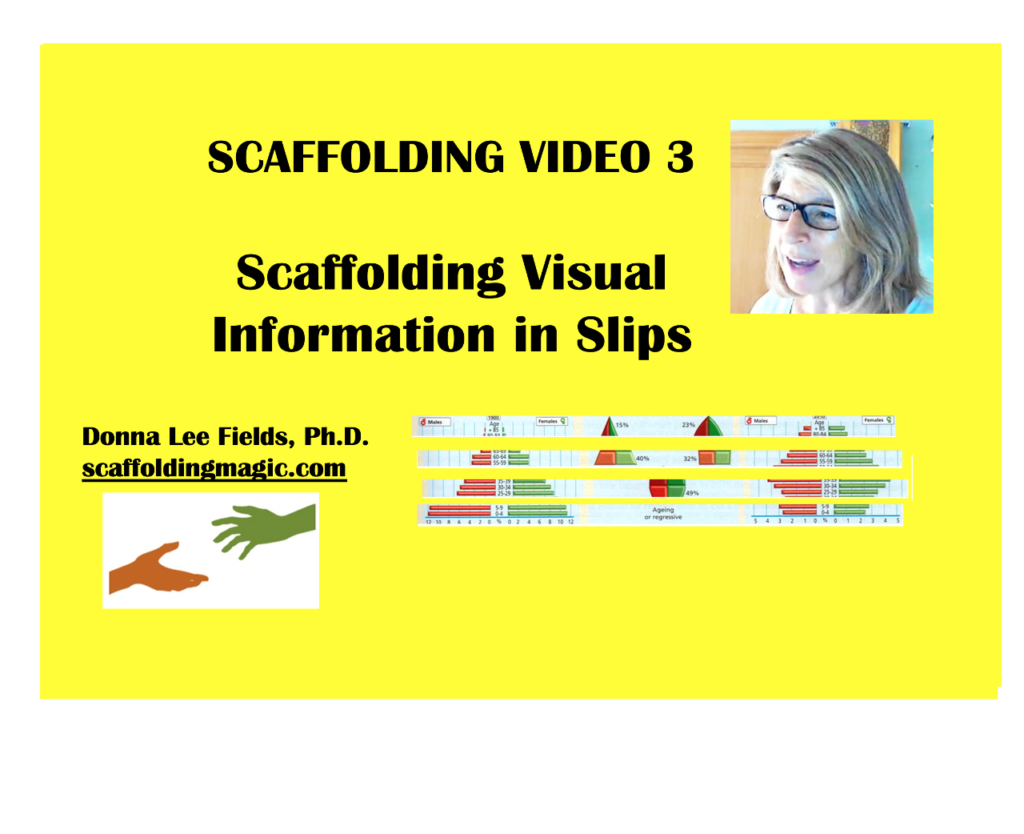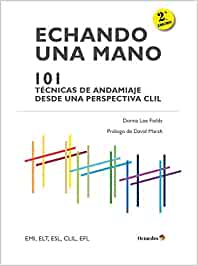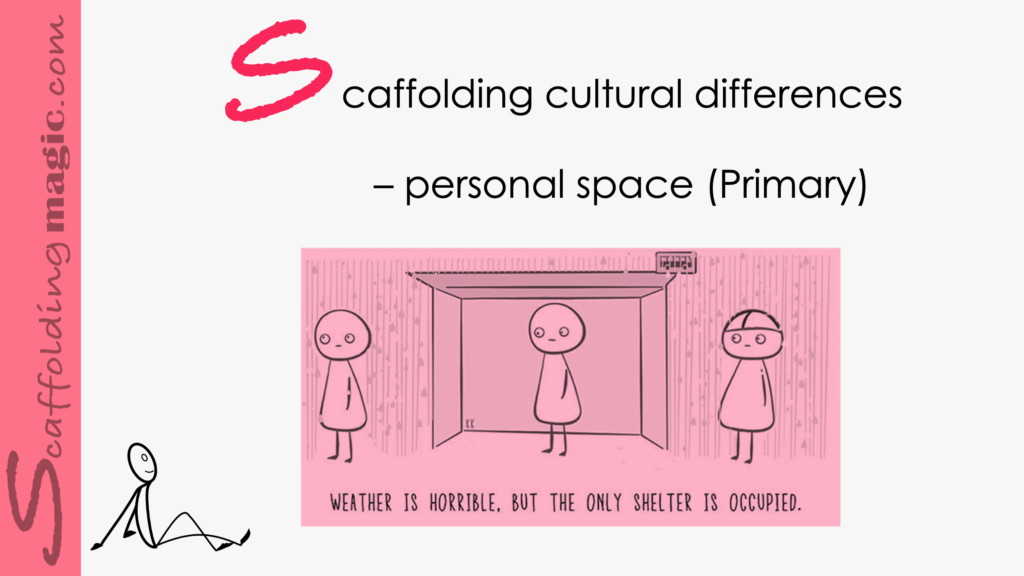You caught a beauty!!!
Download PDF of scaffold here.
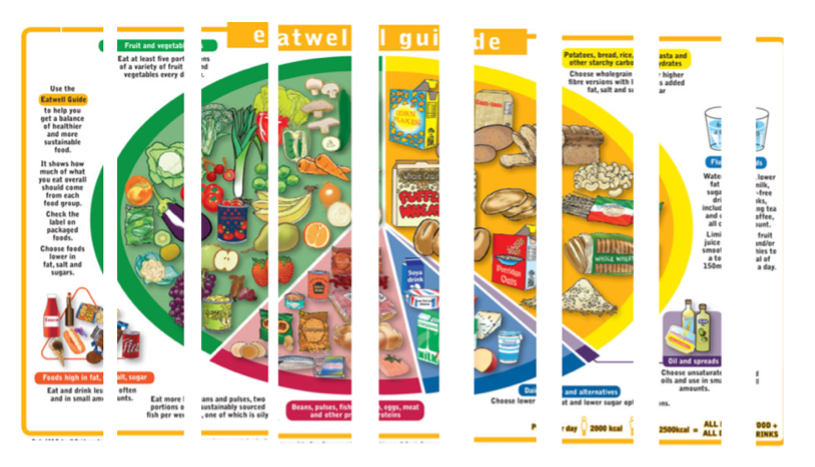
Download PDF of scaffold here.
theory behind scaffold…
One of the most common go-to words to explain scaffolding is ‘chunking’. Chunking is the strategy of breaking down material into digestible proportions in order to avoid cognitive overload. If you accept the studies (and there are a lot of them and they are consistent in this conclusion) that the human mind is able to only process seven new elements at a time, chunking information gives students the emotional and cognitive space to transition more easily into new knowledge. When we add strategies in activities that promote critical thinking, collaboration, negotiation and prediction – all through visual means – we’ve created a powerful means of presenting new ideas to our students.
This scaffold is embedded with a wide base of learning styles, including categorisation*. The students work in pairs (or groups of three) to piece together the meaning of an image that has been intentionally divided into parts, verbalise what they see and predict what is not yet visible. The study, negotiation, conversation, and deliberation of this process leads to a deeper understanding of the underlying concept. Students divide tiers of visual information into categories so that they can piece together the ‘chunked’ image. When text is included in the activity, linguistic categories are added to the complexity of their conversations and predictions.
The strategy of making predictions actively engages students. It helps them to make connections between prior knowledge and the information they see before them. With activities such as this scaffold, students will learn the habit of thinking ahead, refining, revising, and verifying their predictions. Further, embedding opportunities for suppositions in activities is a valuable way to assess student comprehension of subject matter (formative assessments).**
The example given here is from a health lesson, and we use the image of a healthy distribution of a food plate to show how students can interact differently than from simply opening their books, observing the graphic, and responding to questions.
* Categorising has been proven to yield educational efficiency and helps the brain process information more fluidly. Depending on the topic, it can help students feel more connected to the world around them, and make sense out of what can feel like chaos at times.
** Hunt, Morton (1982). The Universe Within: A new science explores the human mind. Simon and Schuster.
Step by Step:
- Choose an image (with or without text), from the unit you’re about to begin and print it onto an A4 piece of paper.
- Make enough copies for each pair of students (or each group of three (3)).
- Cut the photocopies into either vertical or horizontal strips with a cutting board.
- Give one set to each pair of students and they each take half of the strips (randomly).
- Post key academic language visible so that students have the tools to be able to speak about the image more easily.
The activity proceeds in the following way:
- Student 1 puts down one of the strips and verbalizes the images/text seen on that strip.
- Student 1 makes suppositions/predictions about what is missing on either side of that strip.
- Student 2 looks through the strips in her/his hand, chooses the one that fits on one side of one of the strips already placed on the table, and confirms if the predictions were correct, and continues verbalizing the new information.
- This dynamic continues until all the strips have been placed on the table. (Encourage students to take time verbalising and predicting. You can make it clear that speed is not the objective, but rather the use of academic language, discussion, prediction, categorisation, negotiation, etc. are the goals for this activity.)
Example of student conversation:
- Student 1: In this strip, I see fruits and vegetables. I see half of a watermelon and half of a tomato. I predict that the strip next to it has the other half of the watermelon and the other half of the tomato. I see an ‘e’ at the top. I predict the next strip will have the letters ‘at’ to form the word ‘eat’
- Student 2: Yes, your prediction was correct. This strip has half of the watermelon and half of the tomato and the letters ‘at’ to form the word ‘eat. It also has more fruit: a pineapple, a banana, and half of a potato. I predict that the strip next to it has the other half of the potato.
- Etc.
- Formative Assessment: In pairs, students write a paragraph summarising the information they’ve interacted with in the activity. (In this case, the students would summarise what a healthy food plate includes.)
- Reflection: In pairs, students share how they felt about the activity and whether it will help them understand the unit in a more engaged manner.
video explanation of the scaffold…


Scaffoldingmagic.com is your entryway into DYNAMIC bilingual learning methodologies, such as Phenomenon-Based Learning, CLIL, EMI, and ESL. You’ll find ways to implement critical thinking tools (DOK) to promote higher level thinking, the growth mindset, instill an ethic of excellence, deep reflection on learning, and all through multi-cultural, interdisciplinary activities. We have the keys to turning competences into action and to creating collective efficacy in your school so you move ahead as a unified, enthusiastic team.

